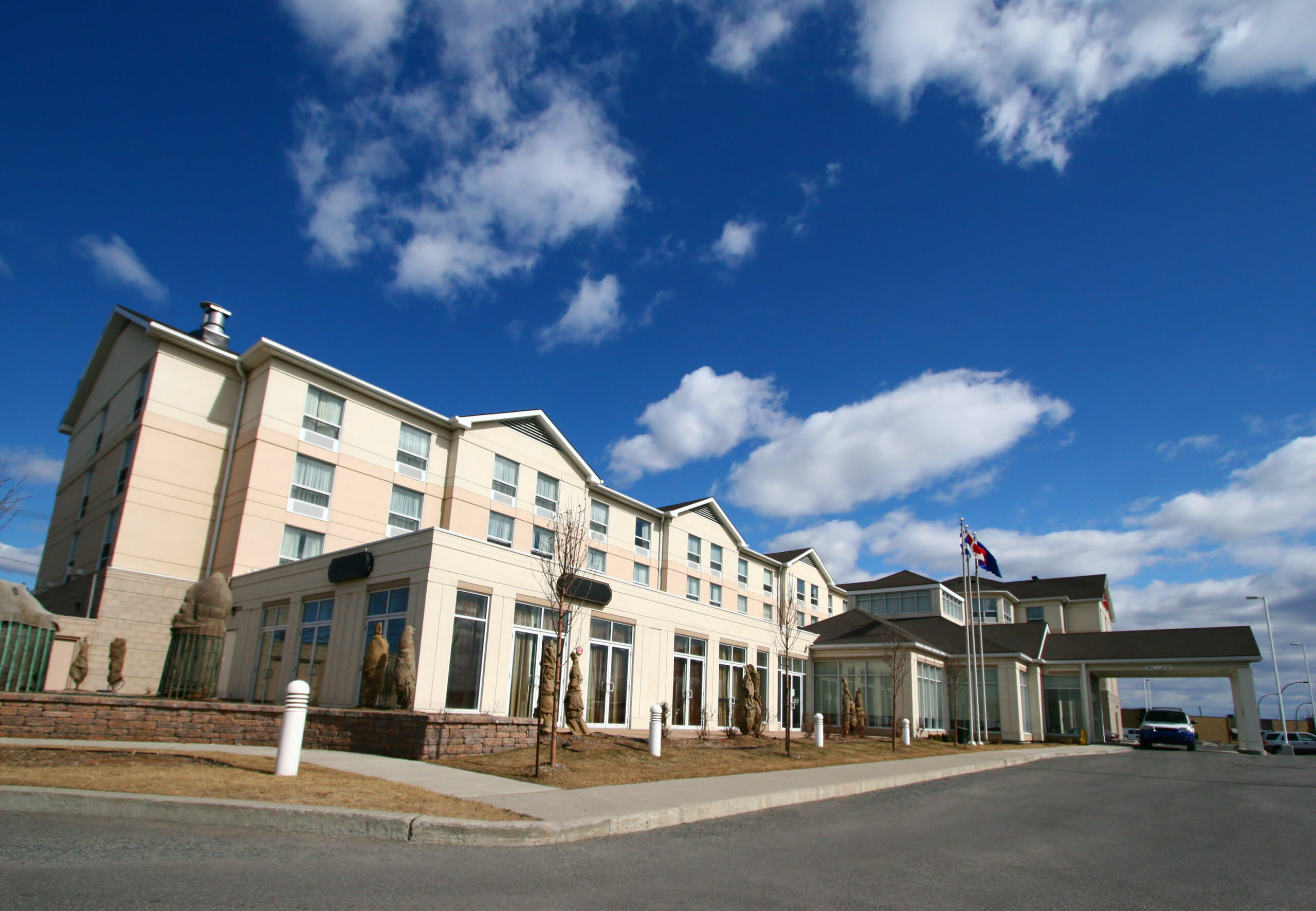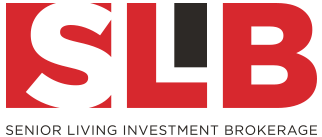
Do Rising Interest Rates Impact the Value of my Senior Living Community? By Jason Punzel
Over the past several years, interest rates have remained extremely low. The 10 year US Treasury rate (a common benchmark for financial instruments) reached an all-time low in July, 2012, at 1.53% and today is around 1.8%, the Federal Funds Rate has been close to 0% for years and the Fed made its first rate increase this past December. The 10 Yr Treasury hit an all-time high in August, 1981, at 15.32% and has averaged 4.64% since 1870. Thus, there is a high likelihood that interest rates will increase as they revert back to the historic mean.
Interest rates are a measure of an investor’s desired rate of return. An interest rate, or a rate of return, is made up of three components, risk, inflation, and time value of money (allowing someone else to use your money). The theoretical risk free investment is a US Treasury or FDIC insured savings account/CD. Thus, all other investments can be benchmarked by these indexes. The greater the perceived risk of an investment, the greater the spread, or “risk premium”, will be for that investment over the US Treasury. Today, average capitalization rates (rates of return/risk premium) for assisted living facilities are around 7.5%, or about 500 basis points above the 10 US Treasury. This is the risk premium investors place on assisted living versus the alternative of investing in a “risk free” US Treasury bond. When the rates increase on US Treasury bonds, typically cap rates increase on senior living communities (or any investment), assuming the risk premium stays the same.
To determine the value of a senior living community, the Net Operating Income (NOI) is divided by the Cap Rate.
Net Operating Income (NOI) /Cap Rate = Value – (the higher the cap rate, the lower the value).
Thus, as interest rates, and cap rates increase, values go down. Below are several examples:
NOI = $600,000, Cap Rate = 7%, Value = $8,571,429
NOI = $600,000, Cap Rate = 8%, Value = $7,500,000
NOI = $600,000, Cap Rate = 9%, Value = $6,667,000
Conclusion:
As you can see, for every 1% increase in the cap rate, the value drops by over 11%. Thus, if interest rates continue to rise over the next several years, it could dramatically affect pricing. If an owner has a desire to sell their community anytime in the next several years, now might be an opportune time.
Contact Information:
For a complete analysis on how interest rates can affect your community’s value, both now and in the future, contact Jason Punzel, Senior Living Investment Brokerage, INC, at 630-858-2501 x 233 or punzel@slibinc.com


